Posted At: Jun 05, 2024 - 671 Views

AR (Augmented Reality) and VR (Virtual Reality) are changing how we see and interact with the world. If you’ve seen movies like "The Matrix" or "Minority Report," you might have seen a futuristic look at this kind of technology. But What is AR and VR technology in real life? Let’s explore.
Remember those iconic sci-fi movies like "Tron," "The Matrix," and "Minority Report"? They gave us a futuristic glimpse into technology, especially AR (Augmented Reality) and VR (Virtual Reality). Though VR’s roots can be traced back to the 1950s and 60s, it wasn’t until the 80s that these concepts started taking shape, particularly in military applications.
The Early Days of VR
Virtual Reality has a rich history that dates back several decades. The idea of creating immersive, computer-generated environments fascinated scientists and technologists in the 50s and 60s. Early VR systems were rudimentary, often involving large machines and limited interaction capabilities.
Sega's VR Attempt
The first significant attempt to bring VR to the masses was Sega’s VR headset for the Genesis gaming system in 1993. Although it never made it to market due to technical and safety issues, it played a crucial role in igniting consumer interest in VR technology. This era laid the groundwork for future advancements.
The Rise of Oculus Rift
Fast forward to 2010, and the Oculus Rift finally succeeded in capturing the consumer audience's attention. Developed by Palmer Luckey and later acquired by Facebook, the Oculus Rift set a new standard for VR headsets with its immersive experience and relatively affordable price point. It marked the beginning of a new era for VR, especially in gaming.
The Evolution of AR
Augmented Reality split from VR around 1990. Unlike VR, which creates a completely virtual environment, AR overlays digital information on the real world. The public got its first real taste of AR in 1998 when TV broadcasters started overlaying a yellow line on the football field to show the first down distance. This simple application demonstrated the practical potential of AR.
Early Applications
Over the next decade, AR found its way into various applications for both military and consumer uses. Military pilots began using AR in fighter jet cockpits, while consumers interacted with AR through QR codes on print magazines and packaged goods. These codes, when scanned with a smartphone, would trigger interactive 3D videos, making the product “come alive."
Google Glass and the Rise of Consumer AR
The Ambitious Google Glass
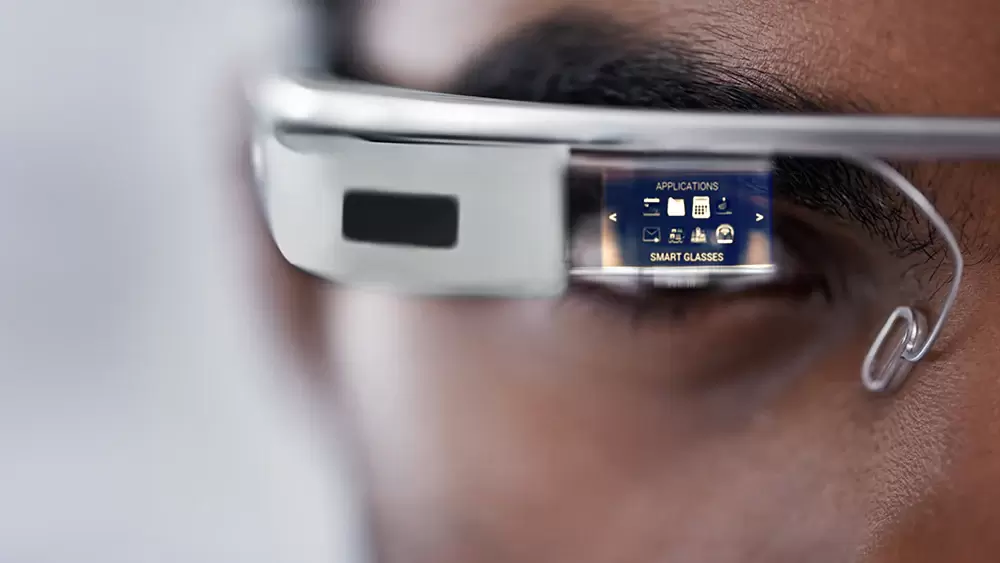
In 2014, Google launched Google Glass, aiming to put AR on everyone's face. This head-mounted display was controlled by voice and touch gestures, offering users a futuristic way to access information and interact with digital content overlaid on their real-world view. However, it faced significant criticism over privacy concerns, as the idea of people recording video 24/7 in public raised many eyebrows. Due to the backlash, Google retooled the project, focusing on enterprise users.
Understanding AR and VR
Augmented Reality (AR)
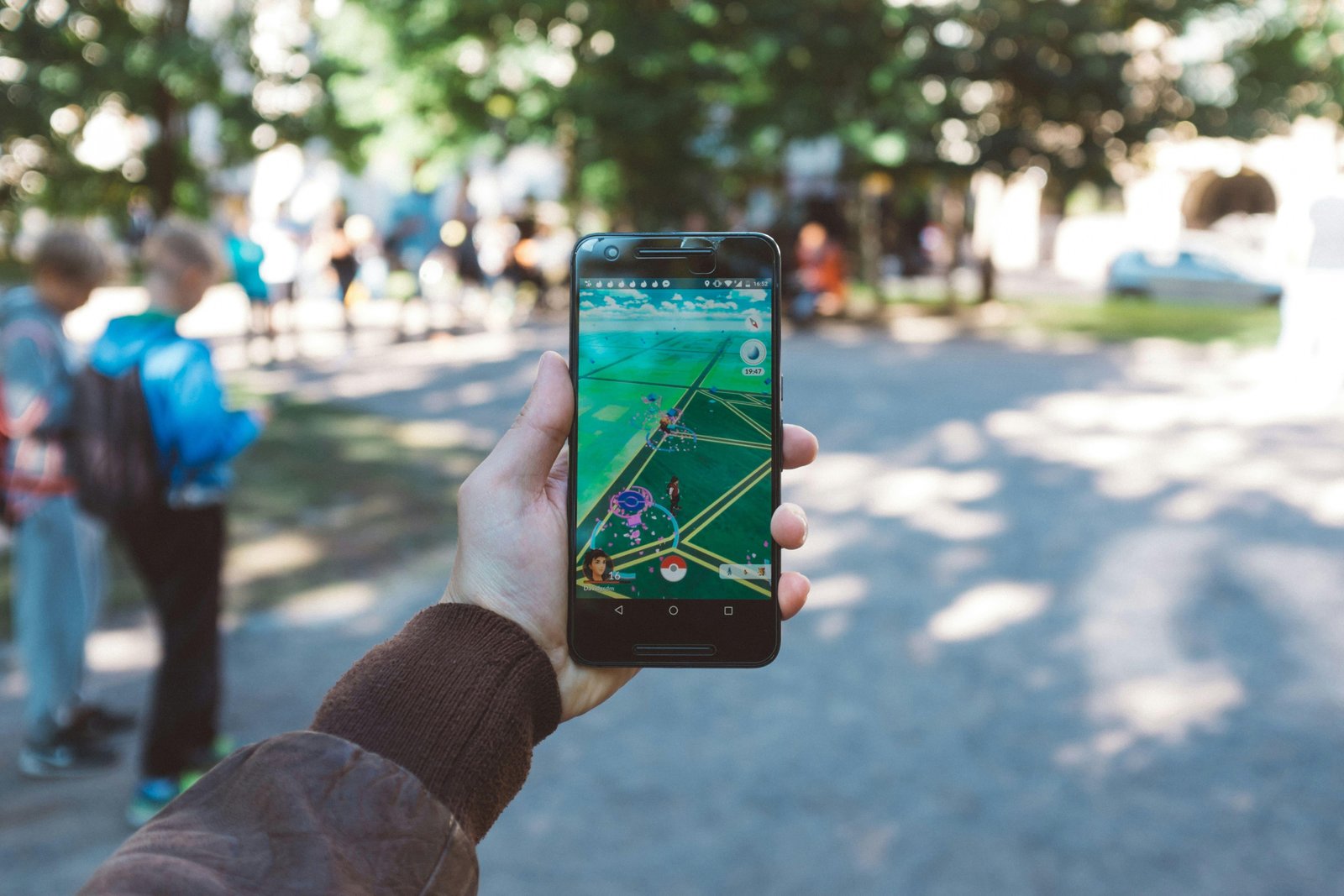
AR enhances your real-world experience with digital overlays. It’s designed to coexist with the real environment, providing additional data without interrupting the user's perception of the real world. For example, imagine pointing your phone at a broken machine and instantly seeing repair instructions. AR can be informative, practical, and seamlessly integrated into daily tasks.
Key Features of AR:
1. Real-Time Information: Provides instant data and feedback.
2. Integration with Real World: Blends digital and physical worlds.
3. Accessibility: Often available via smartphones and tablets.
Virtual Reality (VR)
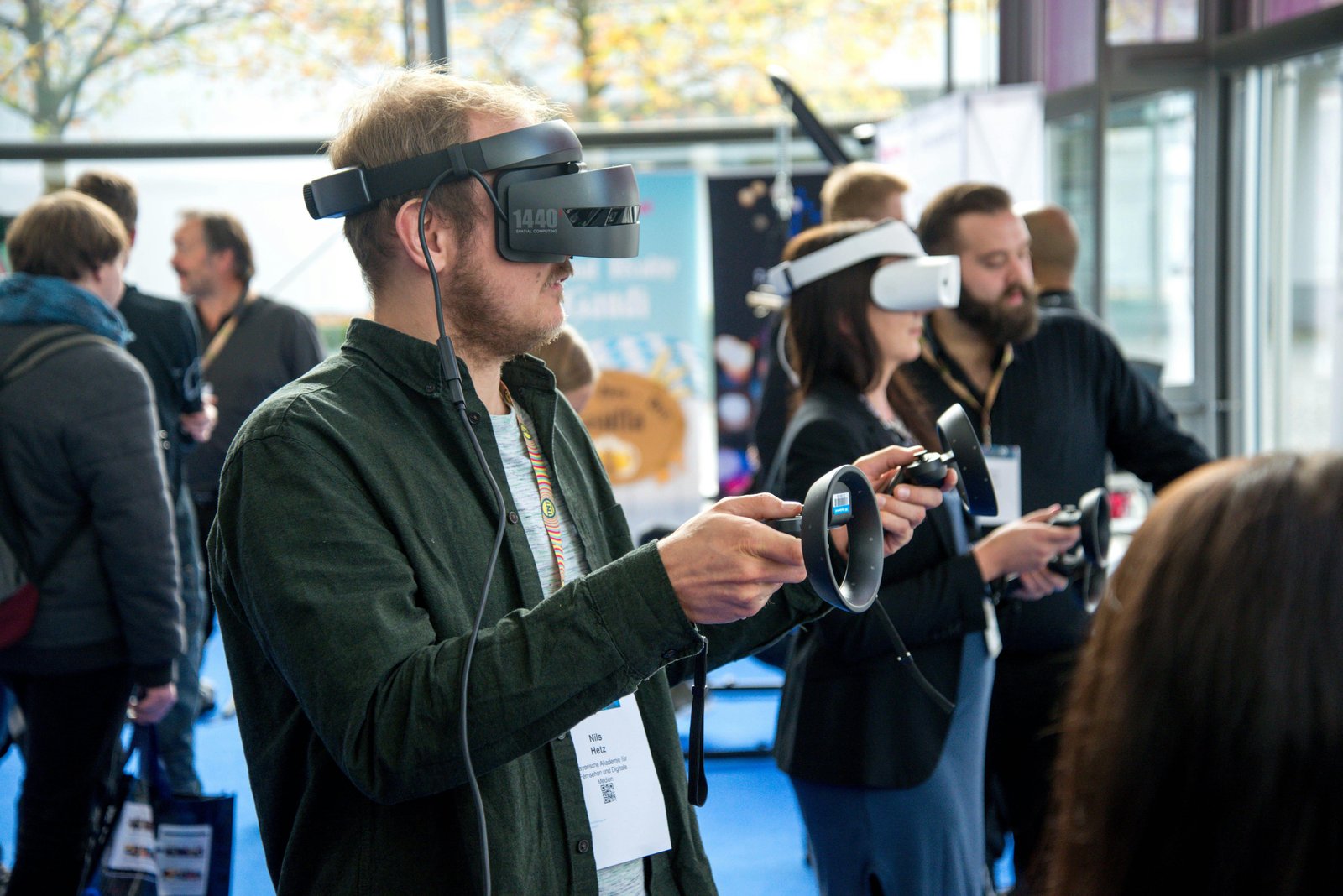
VR, on the other hand, immerses you in a completely virtual environment. It’s like stepping into another world where you can engage in activities ranging from boxing with a virtual Mike Tyson to exploring a fantastical landscape. VR is designed to replace the real world with a fabricated one, making it perfect for immersive experiences in gaming, training, and more.
Key Features of VR:
1. Full Immersion: Completely envelops the user in a virtual environment.
2. Interactive Experiences: Allows for detailed interaction within the virtual world.
3. Sensory Engagement: Often includes visual, auditory, and sometimes haptic feedback.
VR Applications
1. Gaming: VR gaming is one of the most popular applications. Games like "Beat Saber" and "Half-Life: Alyx" provide immersive experiences that transport players to entirely new worlds.
2. Training and Simulation: Businesses and educational institutions use VR for training purposes. For example, firefighters and soldiers can practice in virtual scenarios that mimic real-world dangers without the associated risks.
3. Design and Architecture: Architects and designers use VR to create and visualize buildings, allowing clients to walk through virtual models before construction begins.
AR Applications
1. Retail and Shopping: Apps like Ikea Place let you see how furniture fits in your home by overlaying 3D models onto a live video of your room. This helps customers make informed purchasing decisions.
2. Technical Assistance: AR provides real-time instructions for repair and maintenance tasks. Technicians can see step-by-step guides overlaid on machinery, making the process more efficient and error-free.
3. Education: AR can bring textbooks to life. For example, students can use AR apps to see 3D models of the human body or historical artifacts, enhancing their learning experience.
Difference Between AR and VR Technology
1. AR adds digital images and information to the real world, while VR creates a whole new digital world.
2. AR can be used on a phone or tablet, but VR usually requires a special headset.
So, What is AR and VR technology? In short, AR overlays information on the real world, and VR transports you to a completely different virtual world
The Business Impact of AR
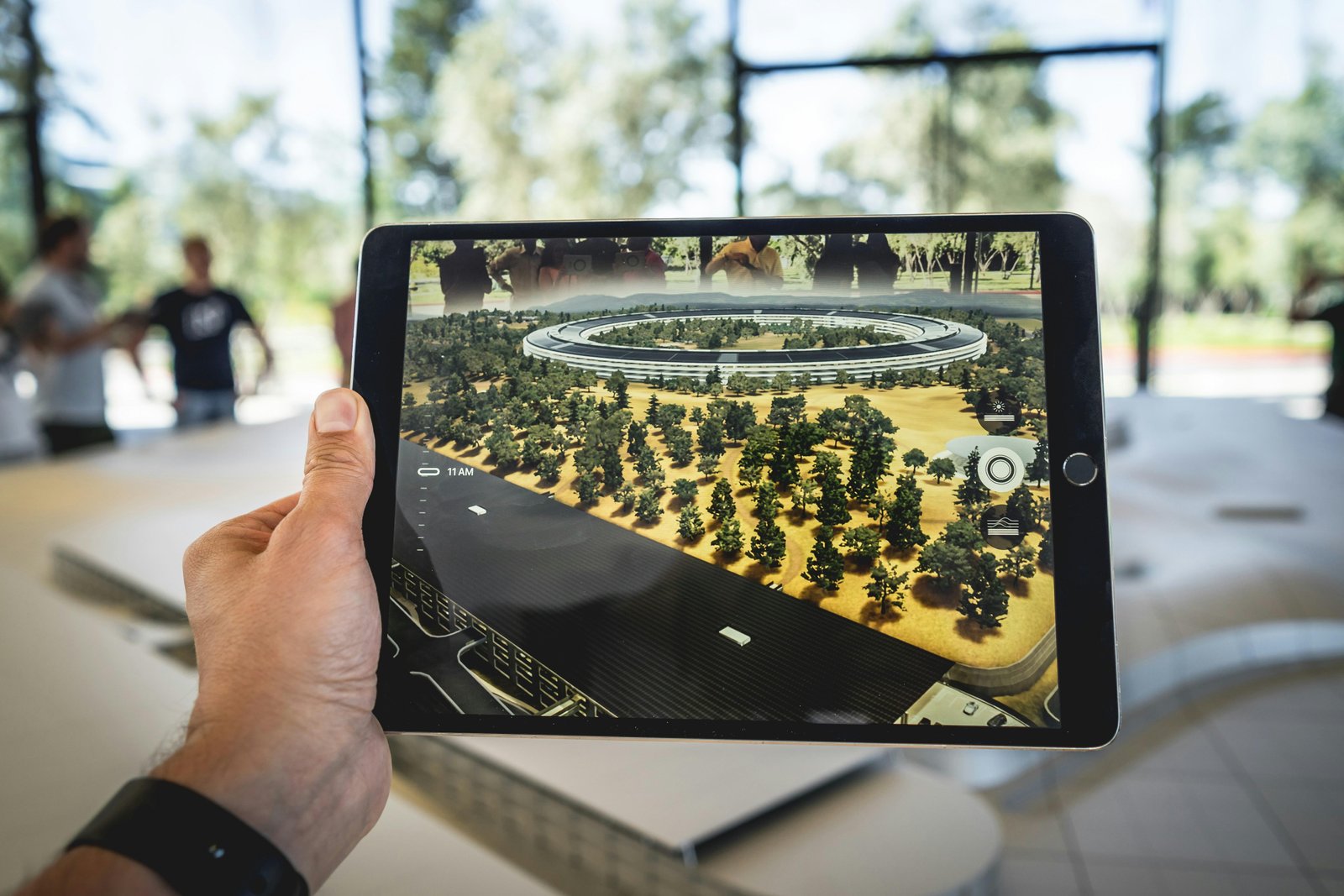
AR is a game-changer for businesses across various industries:
Design and Construction: Designers and architects use AR to visualize hypothetical products or structures in real environments. This capability allows for virtual tweaks and adjustments before physical prototypes are made, saving time and resources.
- Maintenance and Repairs: Technicians benefit immensely from AR technology. By overlaying detailed, often visual instructions directly onto the equipment they’re working on, AR reduces the need for printed manuals and minimizes mistakes. This is particularly valuable in industries like aviation and manufacturing.
- Training and Education: AR provides an immersive learning experience, making it a valuable tool for training employees and educating students. For instance, medical students can use AR to visualize complex surgeries and anatomical structures, enhancing their understanding.
- Healthcare: In the healthcare sector, AR assists surgeons by providing overlays that show critical steps of an operation, patients' vital statistics, and more. This real-time data can improve precision and outcomes during surgeries.
- Retail: From virtual makeup try-ons to virtual changing rooms, AR is revolutionizing the retail experience. Shoppers can see how products look and fit before making a purchase, leading to higher satisfaction and reduced return rates.
- Technology: Products like Splunk AR help utility companies improve responses during power outages by providing full visibility into their data. AR can streamline operations and enhance efficiency in various technical fields.
- Marketing: AR offers businesses a unique way to interact with customers. By incorporating AR into packaging, point-of-sale materials, and billboards, brands can create memorable, engaging experiences that leave a lasting impression.
Common Components of an AR System
AR systems typically include:
Hardware Components
1. Processor: Necessary for creating and positioning AR imagery. High processing power ensures smooth and responsive AR experiences.
2. Display: The medium through which AR is viewed. Common displays include smartphone screens, wearable devices like smart glasses, and automotive HUDs (Heads-Up Displays).
3. Camera: Feeds live video to the processor, which overlays AR data. Cameras are crucial for capturing real-world images accurately.
4. Other Sensors: AR often requires spatial sensors like accelerometers and digital compasses, GPS for location tracking, microphones for audio data, and LiDAR for measuring distances.
5. Input Devices: Touchscreens, voice recognition, and gesture controls enable user interaction with the AR system.
Software Components
1. Image Registration: Maps real-world coordinates and objects, determining what’s in the foreground vs. the background.
2. 3D Rendering: Creates and places virtual objects into the appropriate location within the live image.
3. Content Management: Maintains a database of virtual objects and 3D models.
4. Interface: Acts as the intermediary between the user and the AR environment, facilitating interaction.
5. Development Toolkits: Provide frameworks for building AR applications, making it easier for developers to create AR experiences.
Using AR on Mobile Devices

Today, many AR applications are designed for mobile devices. Here’s how it typically works:
Launch the App: Users start by opening an AR app on their smartphone or tablet.
Point and Scan: They aim their device’s camera at a point of interest.
Interact: The app overlays digital information on the live video feed, providing additional contexts like walking directions, star maps, or interactive dance steps.
Challenges for Business and Technology
Despite the exciting possibilities, AR and VR face several challenges:
Technology Challenges
1. Limited Mobile Processing Capability: Mobile devices need more processing power to handle complex AR/VR applications. Offloading processing to the cloud could help, but mobile bandwidth needs to improve.
2. Limited Mobile Bandwidth: Real-time video processing requires high-speed data. As mobile bandwidth increases, cloud-based AR/VR solutions will become more viable.
3. Complex Development: Designing AR and VR applications is currently costly and complicated. More user-friendly development tools are needed to make these technologies accessible to a broader range of programmers.
Business Challenges
1. VR Hardware Inconvenience: VR headsets can be bulky and uncomfortable, detracting from the user experience. Input devices like gaming controllers can also be unintuitive.
2. Building a Business Model: Many AR and VR applications are still in early stages with unproven business models. Developers need to find sustainable ways to monetize their applications.
3. Security and Privacy Issues: The backlash over Google Glass highlighted consumer concerns about privacy. Ensuring secure video feeds and addressing privacy concerns are critical for widespread adoption.
The Bright Future of AR and VR
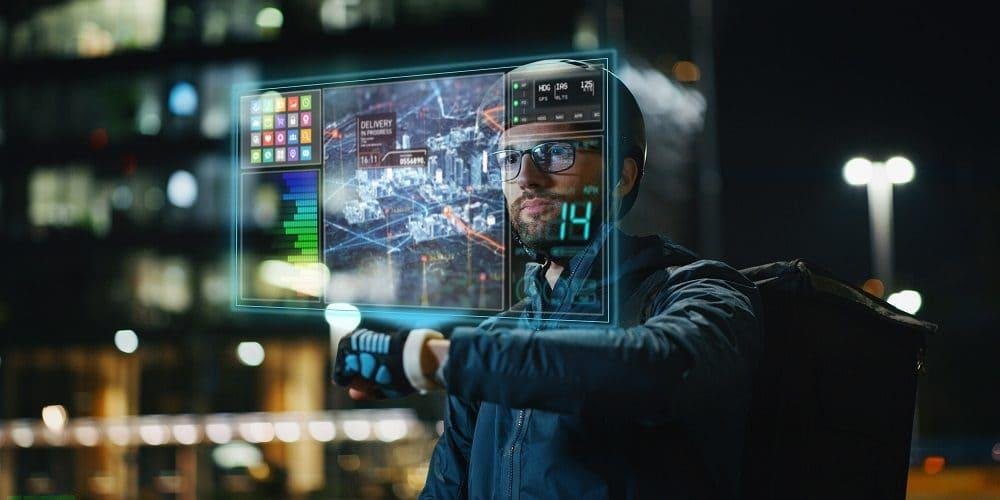
Despite these challenges, AR and VR have a decidedly bright future. As technology improves, these tools will become more mainstream. Expect to see:
a) Better Video Quality: Enhanced graphics and visuals for more immersive experiences.
b) Faster Processing: More powerful processors and cloud-based solutions will handle complex computations.
c) Innovative Hardware: New devices will be more user-friendly and comfortable, making AR and VR more accessible to a wider audience.
From gaming to virtual surgeries and educational tools, the possibilities are endless. Future advancements in AR and VR will open up new frontiers in how we interact with the world and each other.
The bottom line:
The difference between AR and VR technology lies in how they interact with reality: AR adds digital information to the real world, while VR creates a whole new virtual world. Both are transforming how we learn, work, and play, and they will keep improving and influencing more areas in the future. Keep an eye on this space—exciting changes are on the way!


